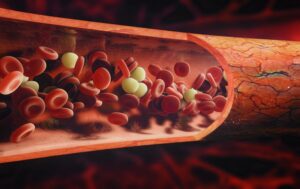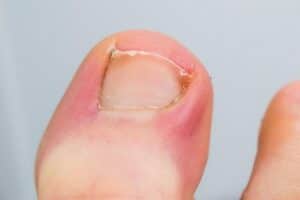Internal bleeding is a severe condition when the body loses too much blood. It can occur inside or outside the body and can be caused by trauma, surgery, injury, or disease. If an individual has internal bleeding, it’s essential to get medical help as soon as possible because the damage can worsen over time if left untreated.
Internal bleeding is not uncommon. When a person suffers from this condition, blood is lost in an organ, tissue, or body cavity. The blood may come from veins, arteries, or capillaries.
As it travels through the body’s tissues and organs to the heart and lungs for oxygenation, the blood loses plasma volume along with red blood cells. This type of internal bleeding causes hemorrhages in various body areas, leading to symptoms that vary depending on their location and severity.
As severe as internal bleeding can be, it is essential to know that it can be treated. The treatment depends on the type of internal bleeding a person may have and its severity. Let us start by understanding what causes internal bleeding.
Blood in the Stool

Blood in the stool is a sign of internal bleeding. It can be caused by many factors, including ulcers and cancer. If someone experiences blood in the stool, they should see a doctor immediately, even if they don’t have other signs or symptoms of internal bleeding (more on that later).
According to the National Institutes of Health (NIH), about 70 percent of people with a bowel movement containing blood have no signs or symptoms. The other 30 percent will experience mild abdominal pain and cramping symptoms.
In addition to digestive tract injuries and cancerous tumors, there are many other potential internal bleeding causes, like hemorrhoids. If you notice blood in the stool, it’s best to consult a doctor as soon as possible to determine the cause and how to treat it.










